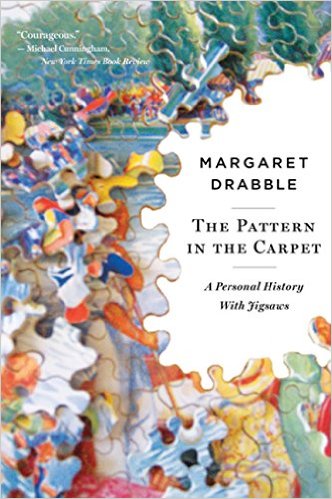
|

|
 Biopsychology.
Biopsychology.
 Criminal Behavior.
Criminal Behavior.
 Death and Dying.
Death and Dying.
 Ecology.
Ecology.
 Enneagram.
Enneagram.
 Evolution.
Evolution.
 Evolutionary Psychology.
Evolutionary Psychology.
 Personality Psychology
Personality Psychology
 Psychological research methods.
Psychological research methods.
Psychology books:
 Nature of Prejudice by Gordon W. Allport.
Nature of Prejudice by Gordon W. Allport.
 Learned Optimism by Martin E. P. Seligman.
Learned Optimism by Martin E. P. Seligman.
 Pessimism (defensive) (Norem).
Pessimism (defensive) (Norem).

Truth and Fiction in the Da Vinci Code by Professor Bart D. Ehrman.
 Links.
Links.
 Our BLOG (web log) of Books to read.
Our BLOG (web log) of Books to read.
 Book Log archive.
Book Log archive.
 Best books read.
Best books read.
 Reviews of Harry Potter books.
Reviews of Harry Potter books.
 Blog of Drabble's The Pattern in the Carpet.
Blog of Drabble's The Pattern in the Carpet.
 The Pattern in the Carpet
as one of the Best books read in 2016.
The Pattern in the Carpet
as one of the Best books read in 2016.
Books on the writing process:
 Mary Karr's The Art of Memoir.
Mary Karr's The Art of Memoir.
 David Lodge's The Art of Fiction.
David Lodge's The Art of Fiction.
 Margaret Drabble's The Pattern in the Carpet.
Margaret Drabble's The Pattern in the Carpet.